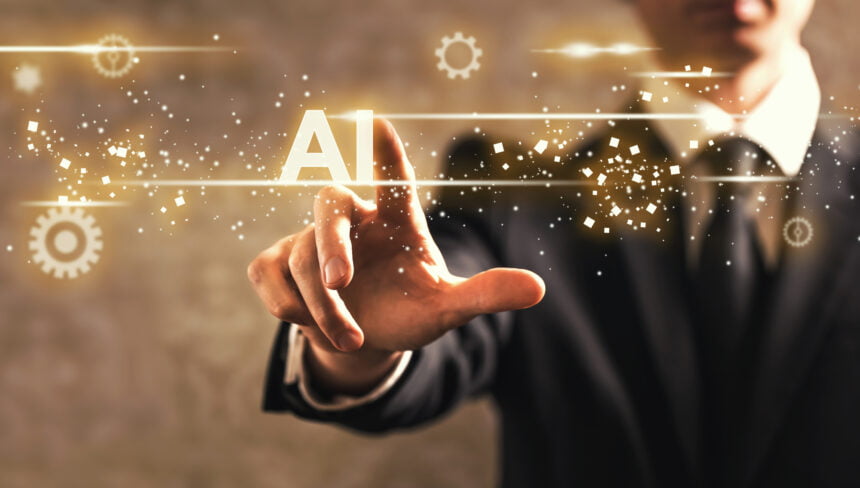AI is a game-changing technology that has drastically changed how companies do business. Recent advances have enabled companies to use AI in ways they never have before. It’s not just about improving existing products; it’s also about discovering new possibilities they didn’t know existed.
AI helps companies find ways to improve their product development processes. AI can predict future trends, identify customer needs, and determine which products will be most profitable for your company.
This article explores the possibilities and limits of AI in research and development.
Use of AI in Research
Research and development (R&D) is a critical component for any business, especially in today’s data-dependent competitive world. Companies get valuable insights from research on improving their products and processes to meet customers’ needs and remain competitive. But then, there is a vast amount of information available that researchers need to analyze and synthesize when creating a new product. As such, companies must resort to efficient and fast product development technologies to conduct research and respond to the changing dynamics of the marketplace. And that’s where AI comes in handy.
Companies are using AI technologies to automatically analyze large amounts of data and identify patterns that would not be obvious to a human analyst. These patterns could then be used as the basis for additional experimentation by scientists or engineers. Product development Seattle companies can find solutions that humans may not have considered because they are too complex or abstract.
Generative Design
Generative design is a new approach to product development that uses artificial intelligence to generate and test many possible designs. These designs are analyzed to select the most promising ones. The technique is helping product design firm Seattle reduce costs and improve the quality of its products. It’s applicable in software design, architecture, and medicine, among other industries.
Assembly Line Optimization
Assembly line optimization is a process that allows companies to identify and optimize their production processes, from the design phase to the assembly line. Product development San Francisco firms are using artificial intelligence (AI) to predict how well a product will perform as it moves through different production phases.
In addition to helping companies identify problems with their products before they occur, AI can also help them determine how long it will take for each part to reach completion once it has entered production. This can be useful when deciding whether enough resources are available at one facility or another.
Automated Testing of Features
When creating a product or service, an organization may need to test its features. The company can use AI to automate this process and find out whether these features are working as intended. The goal is to verify that the features work as they were intended and to ensure that they do not cause problems with other parts of the product. AI can help the company save time, money, and effort when testing products and services.
Quality Assurance
Quality assurance (QA) is an integral part of the life cycle management of products and services. It involves tasks such as inspection, testing, and evaluation. QA teams are now using AI to help them with everything from testing to customer service. AI algorithms can check and validate if a product meets QA in real-time, significantly easing the process.
The Limitations Of AI
Though AI has many benefits in product R&D, it has some limitations in application. Below are some of them:
Massive Data Labeling and Training Data Sets
AI requires massive amounts of data labeling and training data sets to learn what is normal versus abnormal. Data labeling takes a lot of time and personnel, which can be costly. Also, obtaining large amounts of data sufficient to train an AI model can be challenging.
Bias in Data and Algorithms
If the data and algorithms companies use to train AI are inherently biased, that can lead to some big problems. One typical example of bias in data is the issue of racial profiling. If you’re training an AI program to recognize certain things (like faces), then it’s going to learn what humans have told it about those faces. And if people have been tagging those faces as “criminal,” then the AI will think that people who look like that are criminals. In the end, AI can cause a business more harm than benefits it wants to achieve.
The Explainability Problem
The Explainability Problem is the inability of machine learning systems to explain their decision-making processes. This is a serious issue, making it impossible for humans to understand how an AI system reaches its conclusions. Also, it’s difficult to determine whether an algorithm has been trained on biased data or if it uses outdated or inappropriate data sources.
Cost
Another limitation of AI in research and development is cost. The technology is expensive, and the time it takes to train an AI system can be prohibitively long. In addition, many companies don’t have the resources to train and maintain AI software.
Final Thoughts
AI is here to stay, and its future is bright. It is revolutionizing how companies approach research and product development. From data processing to feature testing and QA, AI can help companies create better products. However, companies should continually look for ways to address AI limitations.







